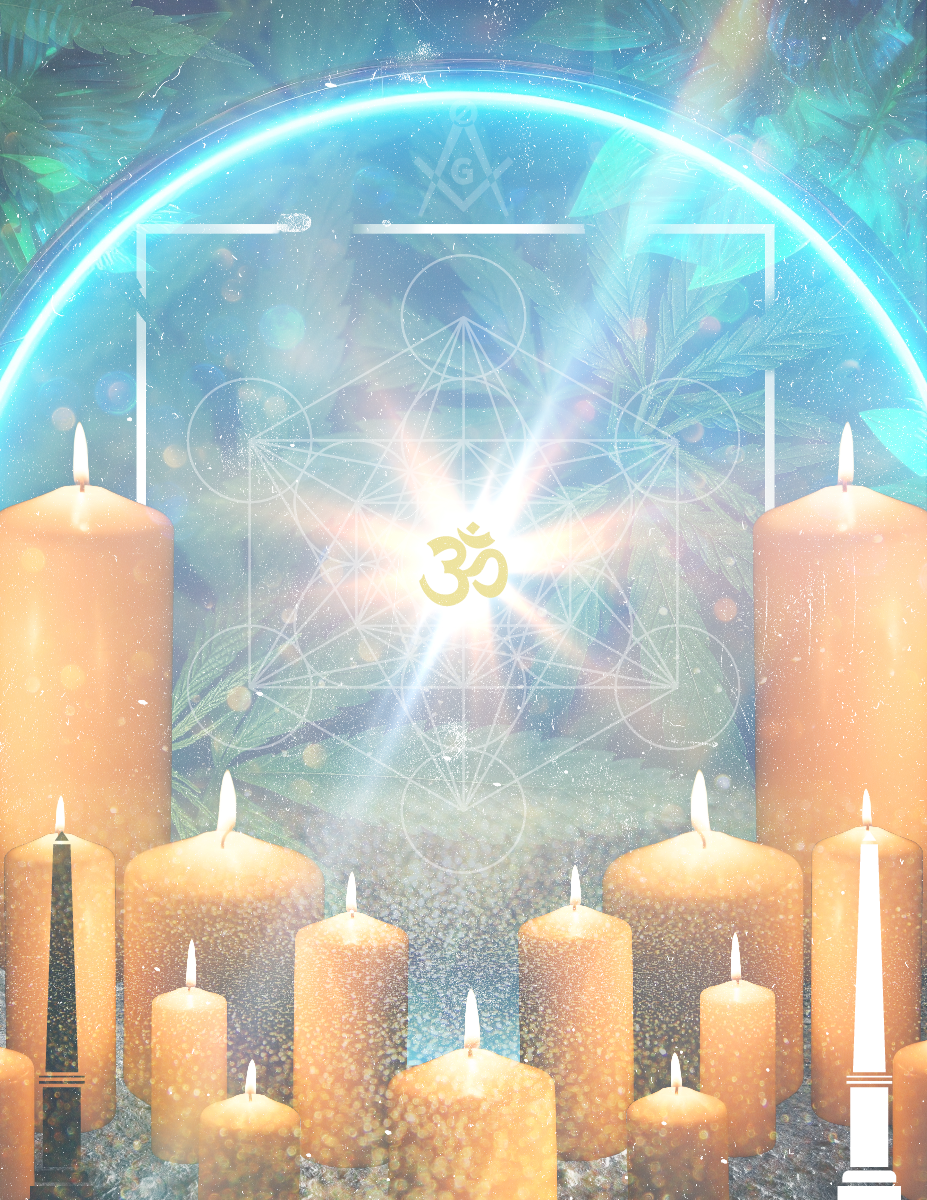The I Ching, also known as the Book of Changes, stands as one of the most profound and revered texts in the realm of esoteric mysticism and consciousness exploration. Rooted in ancient Chinese philosophy and divination, the I Ching offers a unique window into the mysteries of the universe, the flow of energy, and the intricate workings of the human psyche. In this essay, we will delve into the essence of the I Ching, its historical origins, its philosophical underpinnings, and its role as a timeless oracle for seekers of wisdom and enlightenment.
The Essence of the I Ching:
The term “I Ching” translates to “Book of Changes.” It consists of a collection of 64 hexagrams, each composed of six stacked lines, either solid (yang) or broken (yin). These hexagrams represent the dynamic interplay of cosmic forces, the cycles of nature, and the evolution of life itself. The I Ching is both a philosophical treatise and a divination system, serving as a guide for understanding the patterns of existence and making decisions in harmony with the Tao, the fundamental principle that underlies all things.
Historical Origins:
The origins of the I Ching can be traced back over 3,000 years to ancient China. Its foundational text, the “I Chingjing” or “Classic of Changes,” is attributed to the legendary sage Fu Xi. Later, it was expanded upon by King Wen and his son, the Duke of Zhou. The I Ching has been continuously studied, commented upon, and revered by scholars, philosophers, and spiritual seekers throughout Chinese history.
Philosophical Underpinnings:
The I Ching is deeply rooted in Daoism (Taoism) and Confucianism, two of the most influential philosophical traditions in China. Its core philosophical concepts include:
- Yin and Yang: The I Ching’s hexagrams represent the dynamic interplay of yin and yang, the dualistic forces that give rise to all phenomena. This concept underlies the understanding that change is a fundamental aspect of existence.
- The Tao: The I Ching aligns with the Taoist belief in the Tao, an ineffable and universal principle that cannot be defined but can be known through direct experience. The Tao is the source of all existence and the ultimate reality.
- Hexagram Interpretation: The hexagrams serve as symbols of various life situations, archetypal patterns, and states of being. They offer guidance on how to navigate challenges and opportunities in alignment with the natural order.
- Synchronicity: The I Ching operates on the principle of synchronicity, suggesting that the casting of hexagrams and the resulting readings are not random but reflect the harmony between the seeker’s consciousness and the cosmos.
Using the I Ching as an Oracle:
The I Ching is primarily used as an oracle to seek guidance and insight. The process typically involves casting coins or sticks to create a hexagram, which is then interpreted through the reading of associated texts. The interpretation provides valuable insights into the current situation, the forces at play, and the best course of action.
The I Ching as a Path to Self-Knowledge:
Beyond divination, the I Ching serves as a profound tool for self-knowledge and personal growth. Its guidance encourages individuals to:
- Reflect on their thoughts, feelings, and intentions.
- Explore the nature of their questions and concerns.
- Understand the dynamics of their relationships and interactions.
- Embrace change as an inherent aspect of life.
- Cultivate wisdom and virtue in their actions.
The Tao of the I Ching:
At its core, the I Ching invites individuals to embrace the Tao, the way of effortless action and alignment with the natural flow of existence. It teaches that wisdom arises from a state of receptivity, where one listens to the whispers of the universe and responds in harmony with the cosmic order.
Conclusion:
The I Ching, the ancient oracle of esoteric mysticism and consciousness, stands as a timeless guide to the mysteries of existence. Its hexagrams symbolize the dance of yin and yang, the flow of change, and the wisdom of the Tao. Beyond divination, the I Ching offers a path to self-discovery, self-realization, and alignment with the profound truths of the universe.
In a world marked by uncertainty and constant change, the I Ching remains a beacon of wisdom and insight, inviting seekers to engage with the profound mysteries of life and consciousness. It encourages individuals to embark on a journey of inner exploration, harmonizing with the ever-shifting rhythms of existence.
Bibliography:
- Wilhelm, Richard, and Cary F. Baynes (Translators). “The I Ching or Book of Changes.” Princeton University Press, 1997.
- Huang, Alfred. “The Complete I Ching: The Definitive Translation.” Inner Traditions, 1998.
- Blofeld, John. “The Book of Changes: A New Translation of the I Ching.” E.P. Dutton, 1968.
- Legge, James (Translator). “I Ching: The Book of Changes and the Unchanging Truth.” Dover Publications, 2002.
- Wu, Jing Nuan. “The I Ching: The Book of Changes and How to Use It.” Citadel, 2004.
These sources offer profound insights into the I Ching, its historical significance, its philosophical foundations, and its role as a guide to esoteric mysticism and consciousness exploration. They provide a comprehensive understanding of the enduring wisdom contained within this ancient oracle.
